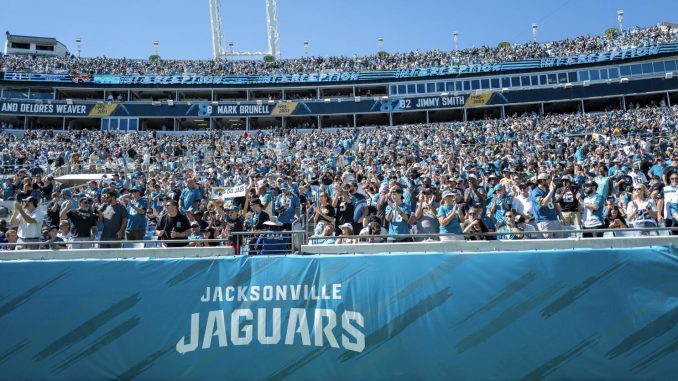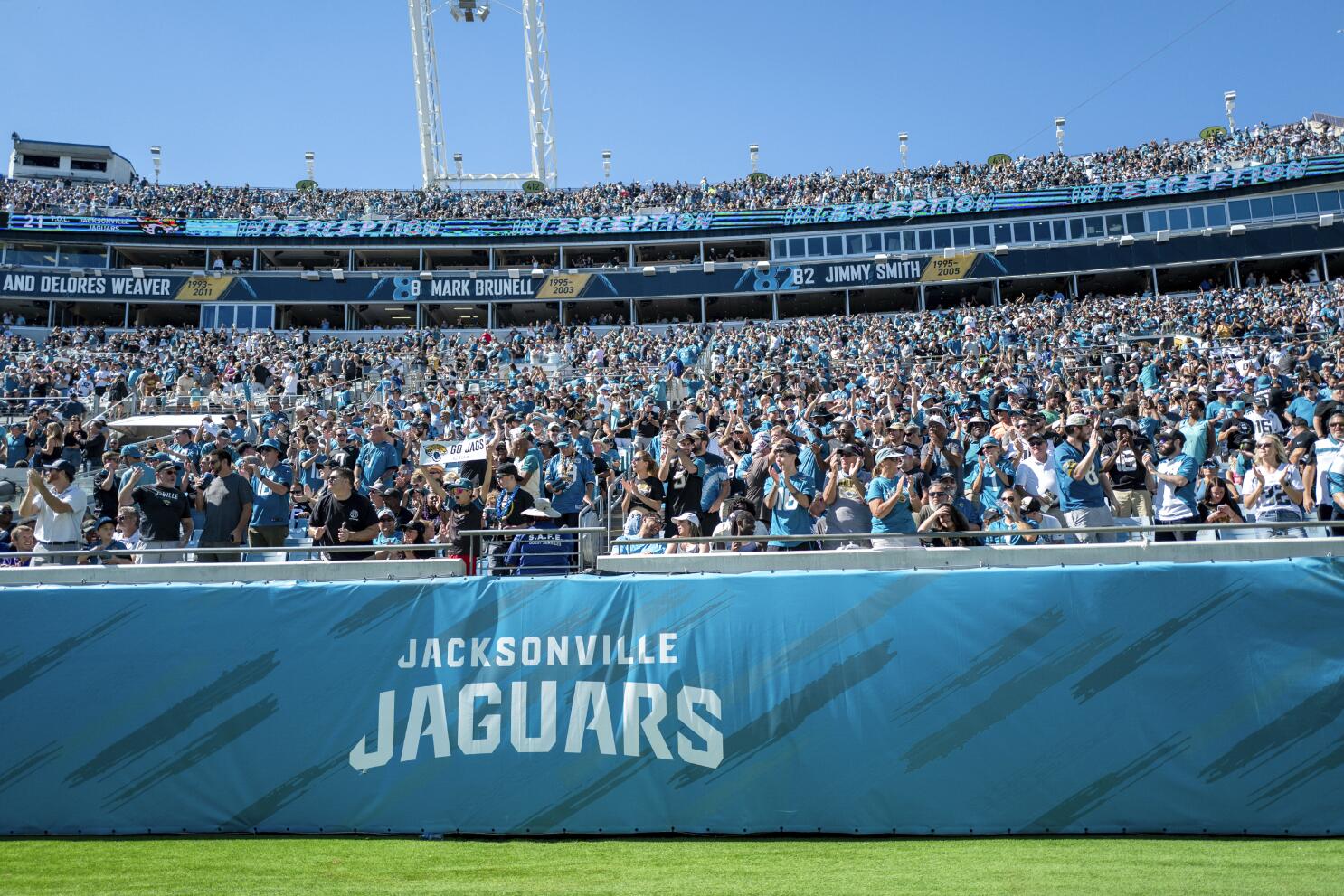
Pension funds may be part of Jacksonville’s stadium financing solution
Jacksonville negotiators continue to hash out the details of stadium renovation with the NFL Jaguars, and it appears that the project will be scaled down from the team’s ambitious 2023 proposal that suggested taxpayers would be on the hook for more than a billion dollars.
Meanwhile, a novel approach to financing the deal may keep the city from having to finance the whole thing through the bond market — and that approach may help to ameliorate another long-standing issue for the local government.
As lead negotiator, Mike Weinstein told Florida Politics that the stadium district the team envisioned as part of the package is off the table.
“It’s only stadium,” Weinstein said of the negotiation, noting that the team and the city have “never had a serious conversation about the property” around the stadium.
It’s in a Community Redevelopment Area, thus necessitating “many legal steps that need to be taken.”
Among those steps would be opening up competition for development.
“It’s got to be made public,” Weinstein said, noting this agreement doesn’t contemplate “property rights” for the Jaguars or Shad Khan.
The Jaguars and the Shad Khan vehicle “Iguana Investments” previously envisioned a total investment that could cost as much as $2.068 billion, a number that could include stadium improvements costing between $1.2 and $1.4 billion, as well as between $550 and $668 million for development of a “sports district.” Jacksonville was proposed to foot the bill for two-thirds of the cost of stadium improvements, with a 50/50 cost share for the total project.
Weinstein says that’s up in the air at this point.
“We’re knee-deep in negotiations, and I can’t do it through you, but we won’t go to the public or the council without a logical and justifiable split,” Weinstein said.
Weinstein said the ultimate cost of the stadium itself isn’t known, as it’s not “fully designed” yet. And therefore, questions are open.
“It’s not fully designed until it’s really fully designed. You don’t really know how much it’s going to cost. You don’t know how many of the elements are going to cost things, and whether the temperature is gonna come down as much as you need to have it come down and how the roof’s gonna work.”
Meanwhile, the city is exploring creative financing options, including finding a way to finance some of the deal by leveraging assets from the Police and Fire Pension Fund and the General Employees pension fund, which Weinstein says combine to have $5 billion in assets that could be lent to the city for this deal and repaid at an interest rate that meets the PFPF targets.
Weinstein said this rate would be higher than that obtained by conventional financing through the bond market but would prevent the city from paying fees and other costs on the money shifted from the pension fund to the infrastructure project.
Weinstein discussed “the possibility if it becomes viable to have some of that, a small percentage of that invested in the city, which would be, instead of putting it into the land, instead of putting it into the stock market, they would put some of it and give it to the city.”
“The city would, in return, guarantee principle and interest at their AAA return target,” Weinstein said.
The agreement would also include an opportunity for the pension funds to “have a call on it, which means at any time they’re stressed for cash, they can call some of it back, which they’ll never be because they’ve got $5 billion in cash basically.”
“So they’ll be protected if they do this, they’ll meet their target, they’ll invest in the city, they’ll have the ability to call back if, if in fact, they get into a cash problem for the city, it will be a little bit more of an interest rate than we would get if we go to the bond market for this.”


Leave a Reply